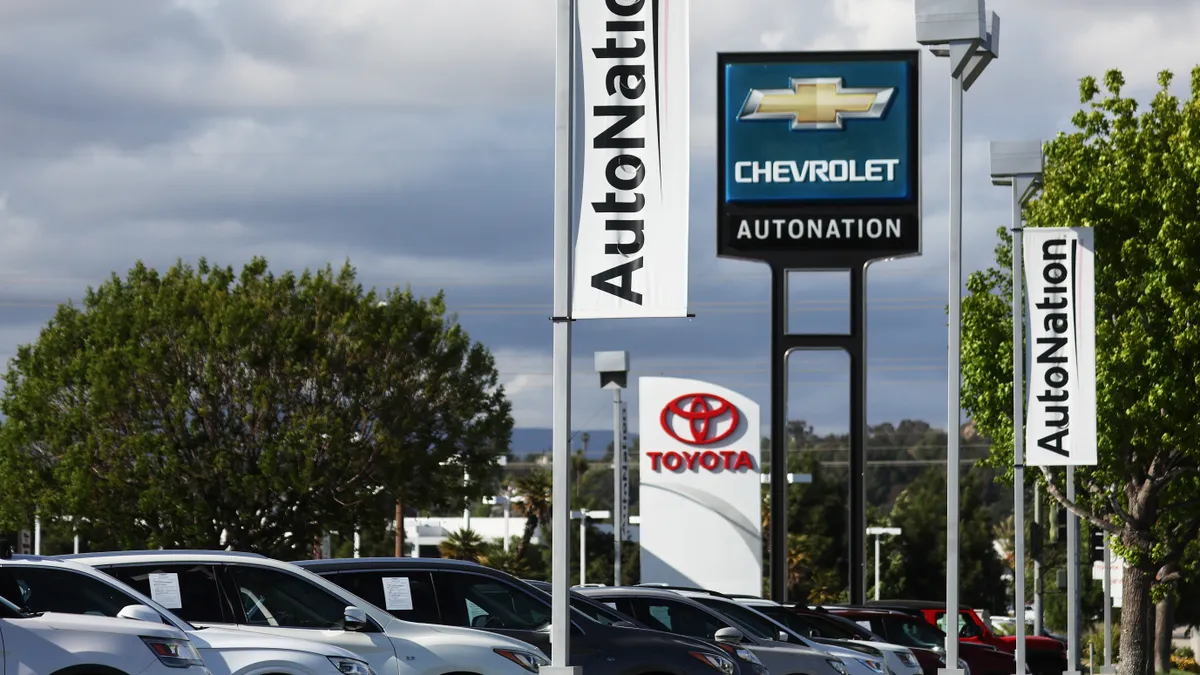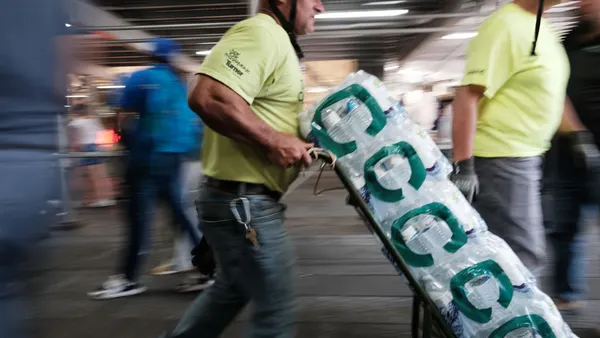Hiring bias continues to persist in the job application process, particularly when it comes to race, and it appears to be more prevalent in certain industries, according to a new study from the National Bureau of Economic Research.
On average, companies contacted applicants who were perceived to be White about 9.5% more often than those who were perceived to be Black. Specifically, a fifth of the companies accounted for half of the gap in callbacks.
Companies with the largest gaps tended to come from the retail or auto industries. Two companies had the widest gaps — AutoNation, which contacted White applicants 43% more often, and Genuine Parts Company/Napa Auto, which contacted White candidates 33% more often.
On the other hand, 14 companies had little or no difference in how often they called back White or Black applicants. These companies included Charter Communications, Dr Pepper, FedEx, Hilton, Kohl’s, Kroger, Lowe’s, Sysco and Target.
“To the extent that these differences are driven by HR practices or other firm policies, there may be opportunities for the substantial set of firms that scored poorly to improve their behavior by imitating the practices of those that scored more highly,” the study authors from the University of California, Berkeley, and the University of Chicago wrote in the paper.
To conduct the study, the researchers sent 84,000 fictitious applications to 11,000 jobs at 108 firms between 2019 to 2021, sending multiple pairs of applications that included at least one Black applicant and one White applicant. Overall, they sent up to 1,000 applications per company for up to 125 jobs per company at locations across the country.
Based on previous research in this area, the researchers chose names that had been presumed to be White or Black and female or male, such as Allison and Todd versus Lakisha and Leroy. Then the research team analyzed racial and gender discrimination in the hiring process by measuring whether an employer attempted to contact the fictitious applicant within 30 days. They monitored phone numbers and emails for the fake applicants, ensuring that no applicants to the same firm shared the same contact information.
Using a ranking procedure, the researchers assigned grades based on the contact gaps. In general, a lack of racial bias was more common among certain industries, such as food, transport and wholesale.
Gender bias was noted in certain industries, such as manufacturing in favor of men and apparel in favor of women. For instance, Builders FirstSource contacted men more than twice as often, and Ascena — which owns brands such as Ann Taylor and Loft — contacted women 66% more often. However, on average, there wasn’t a statistically significant difference between men and women.
A few additional small differences were noted. Being a woman slightly benefited White applicants and slightly penalized Black applicants. In addition, there was a small penalty for those over age 40.
At the same time, there didn’t appear to be a penalty for applicants with nonbinary pronouns. Being gay, which was indicated by an LGBTQ club membership on the resume, slightly penalized White applicants and slightly benefited Black applicants.
Notably, the main aspect that predicted less bias was a centralized HR operation, according to the study. Implicit bias seemed to be most significant when callbacks came from individual hiring managers and local locations, as opposed to a central office. A more formalized hiring process can help, the researchers wrote.
“Recent research points toward centralization of hiring processes as a possible means of dampening bias in large organizations, a conjecture that aligns with findings in behavioral economics that snap judgments by individuals are especially susceptible to bias,” they wrote. “Much work remains to establish which sorts of reforms to organizational practices can improve the fairness and efficiency of corporate recruiting efforts.”














